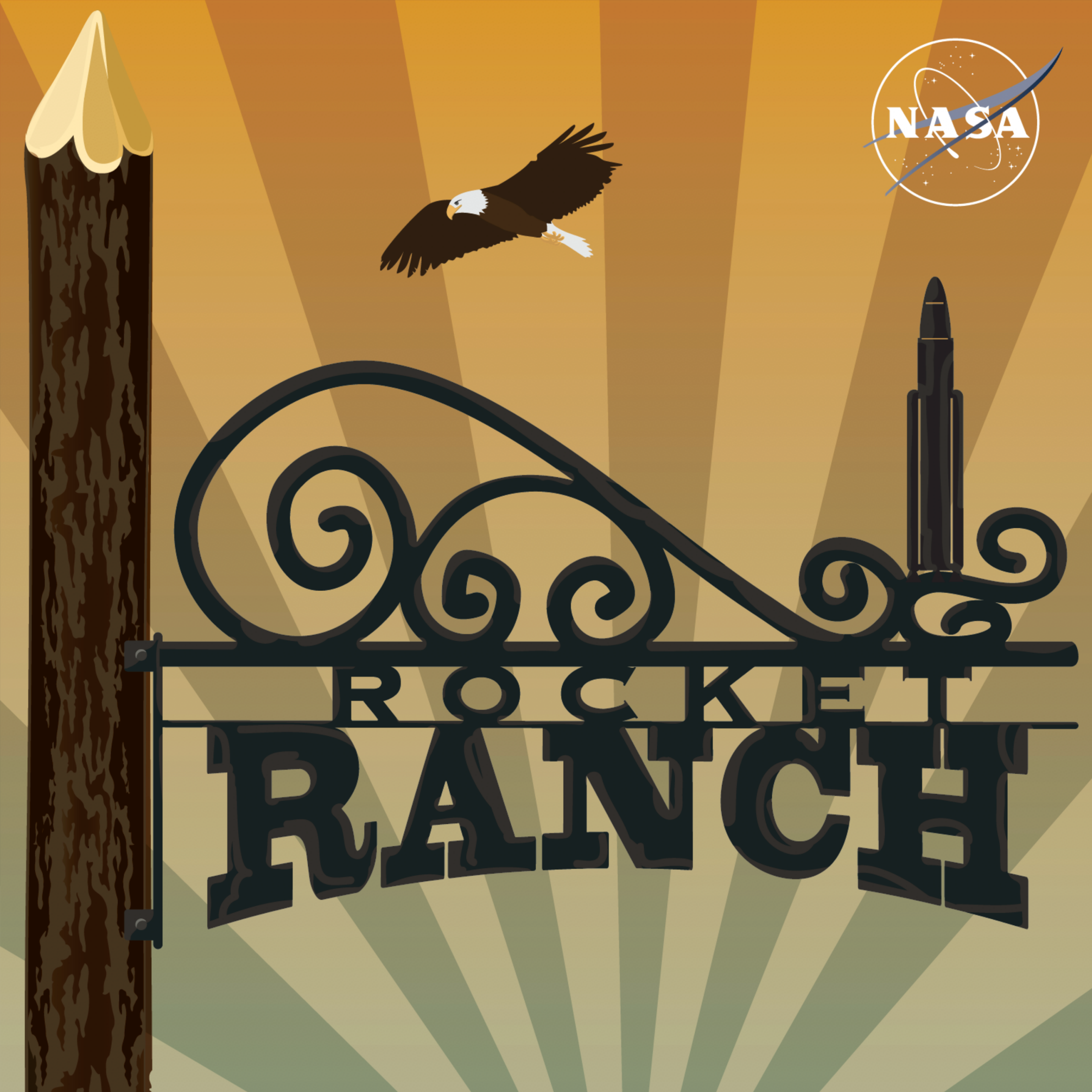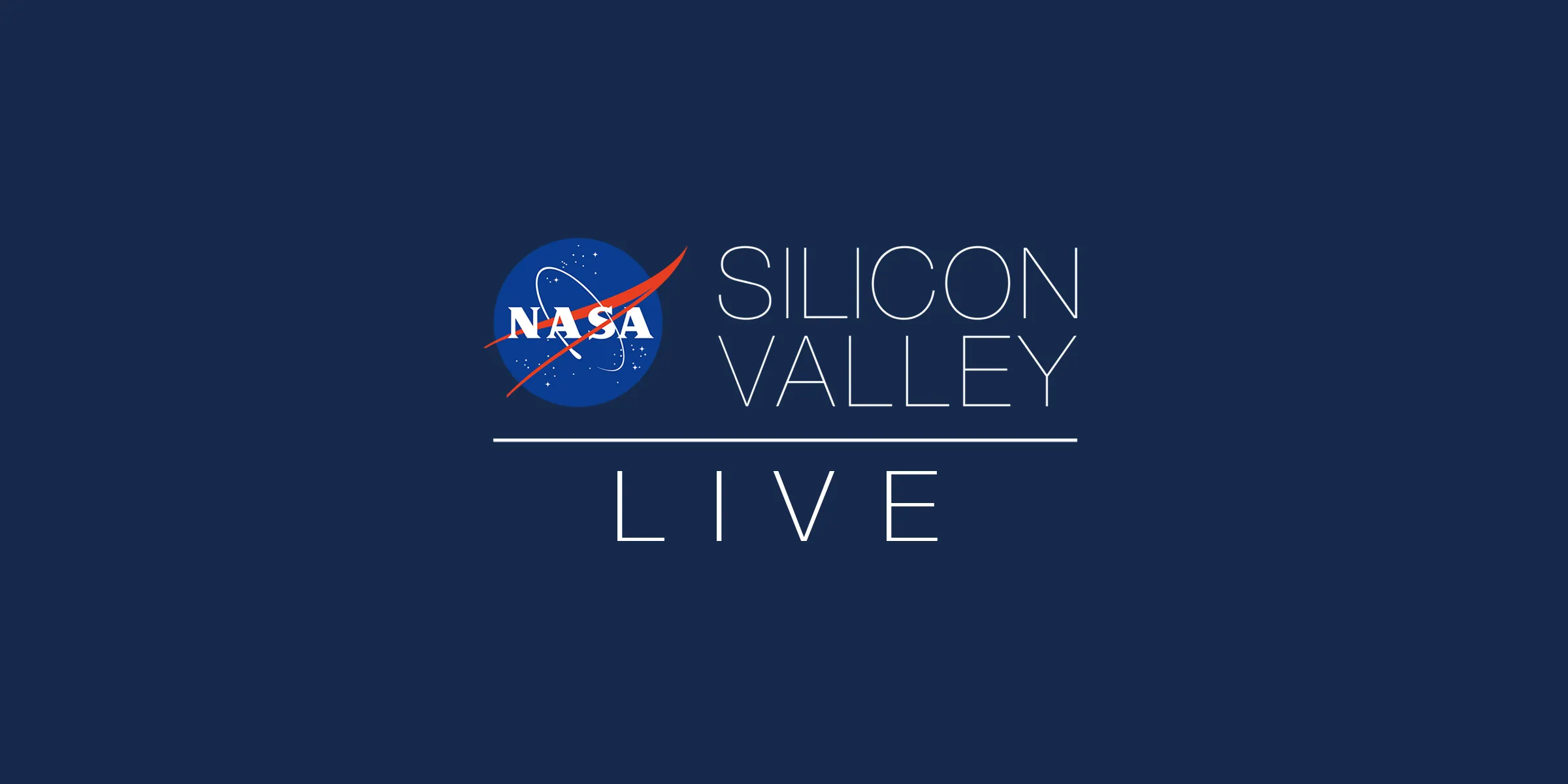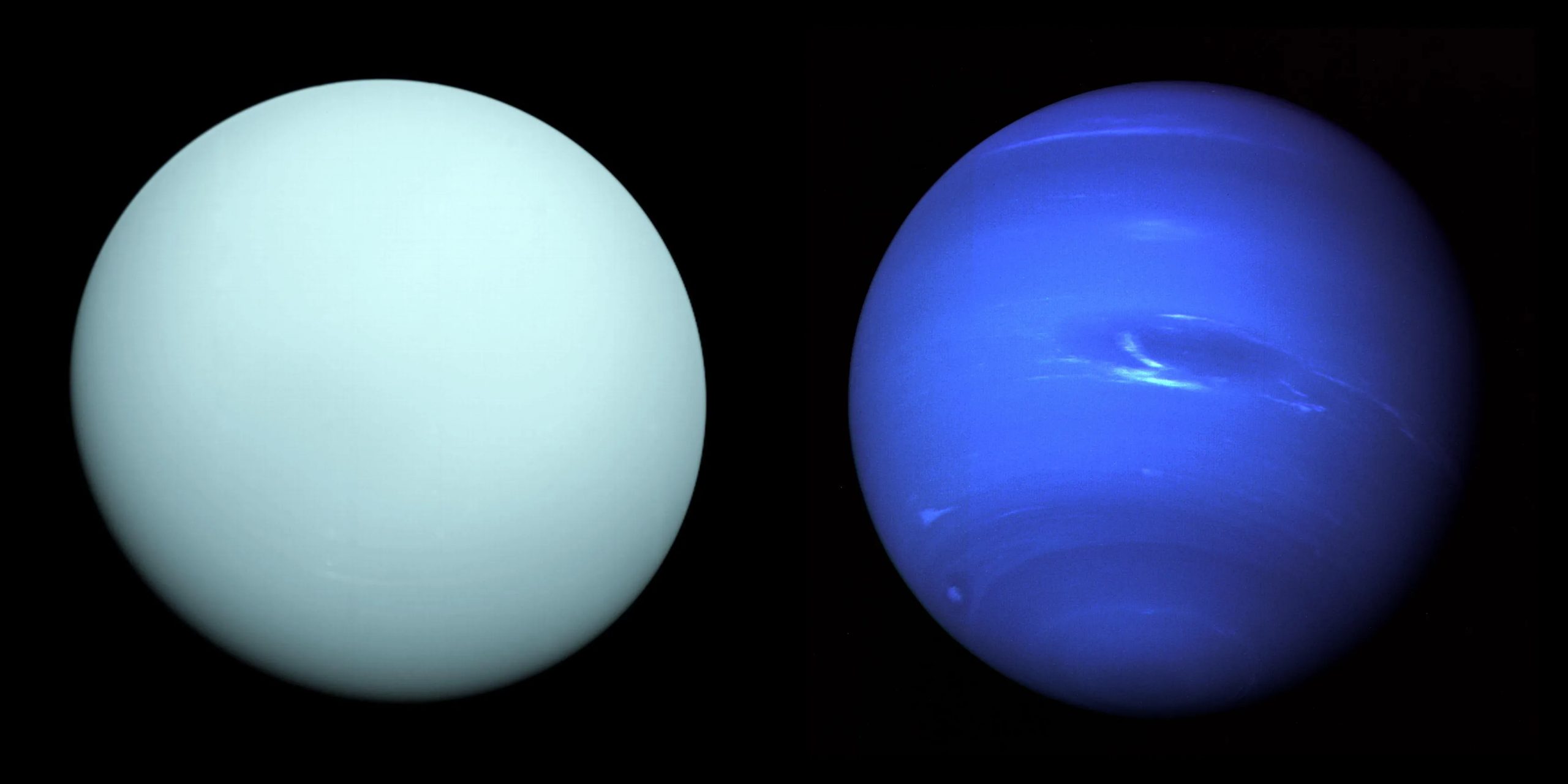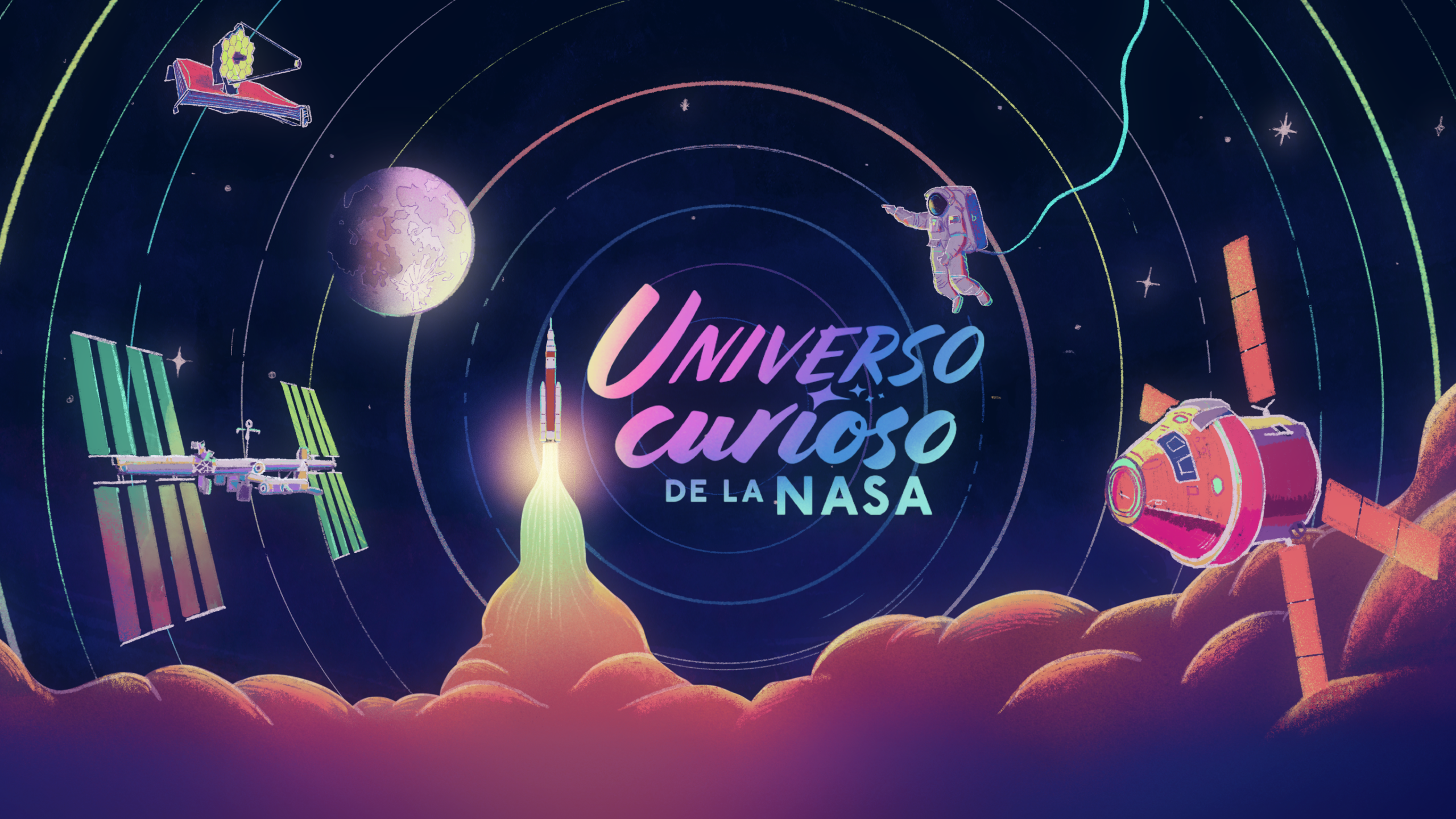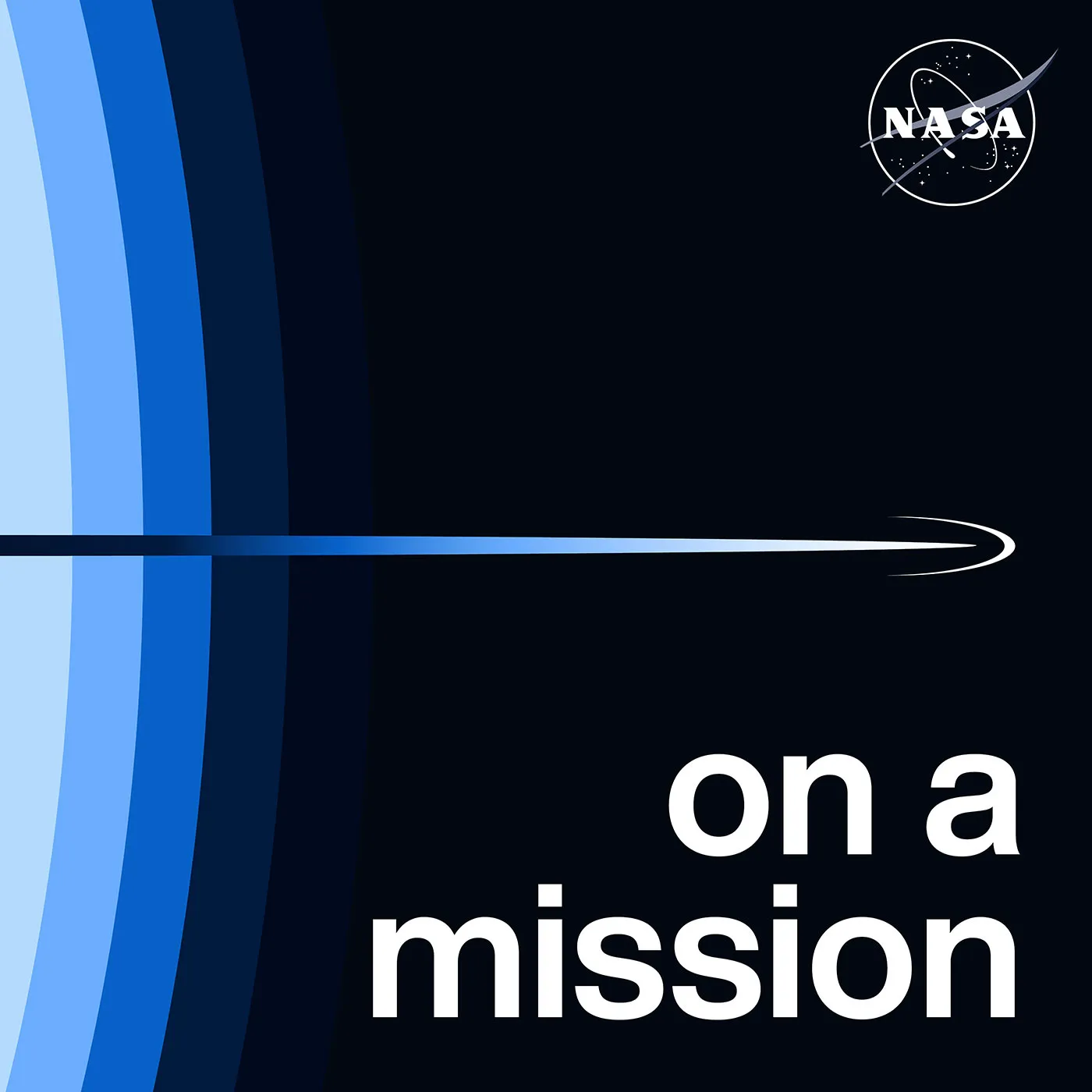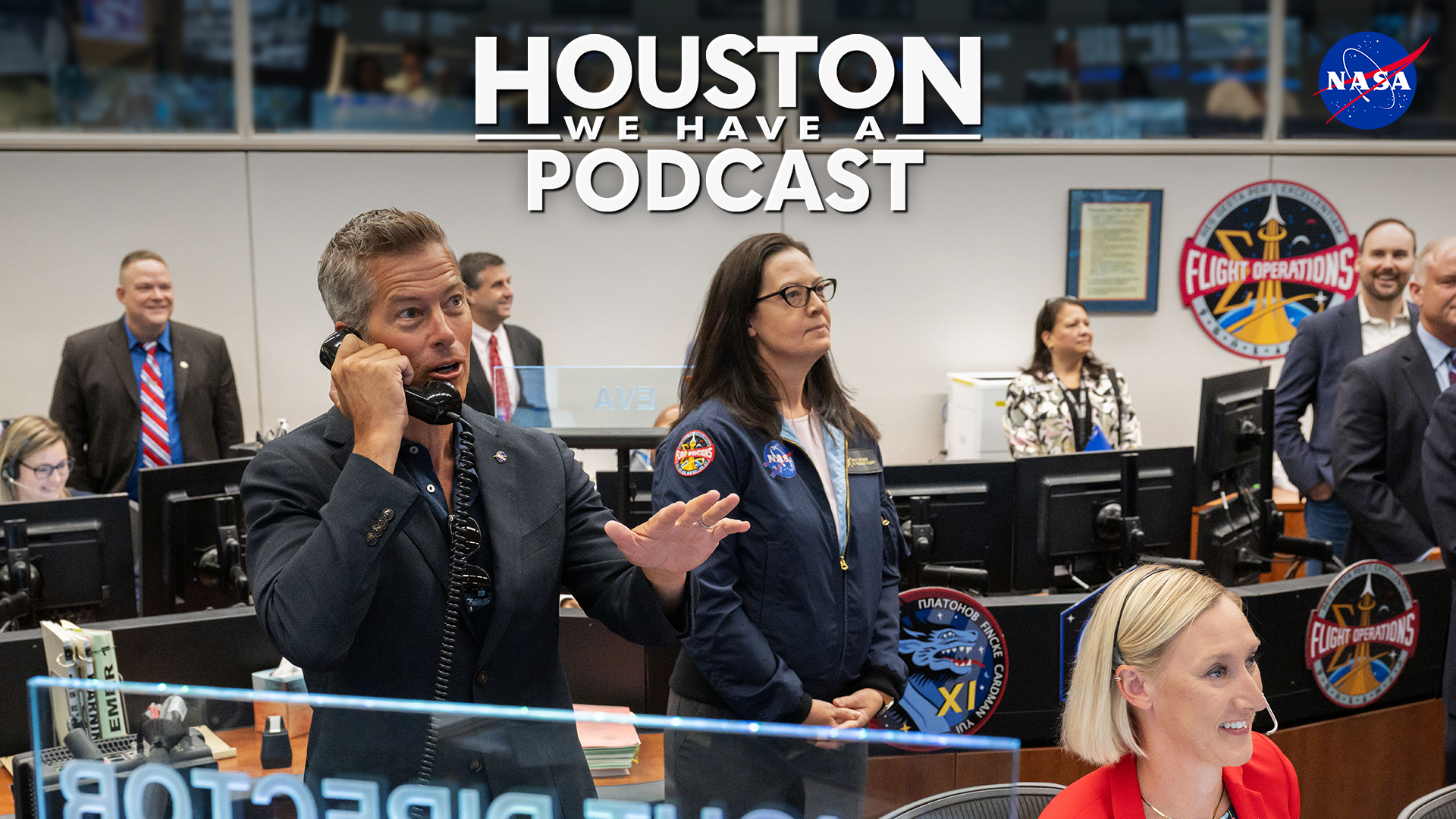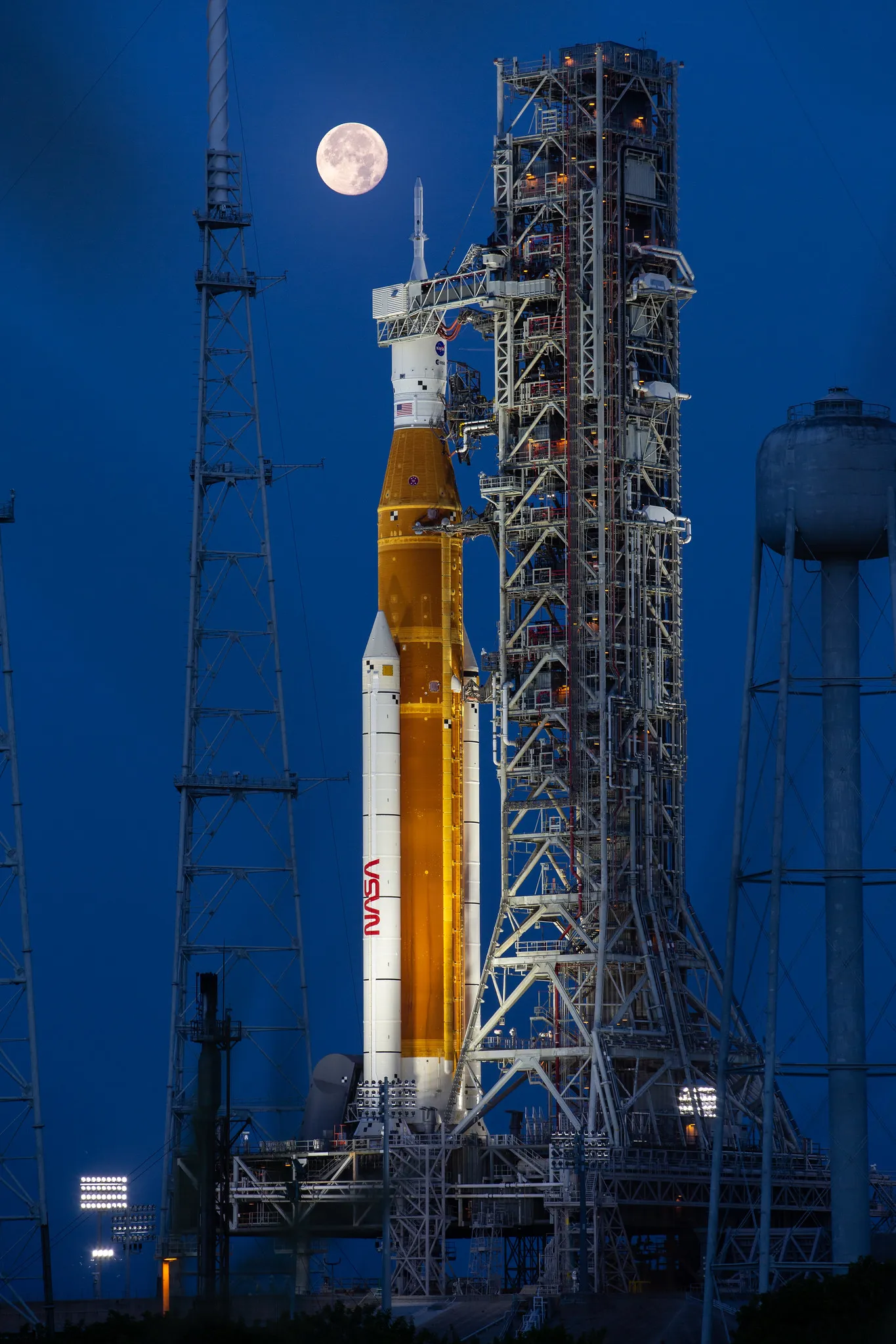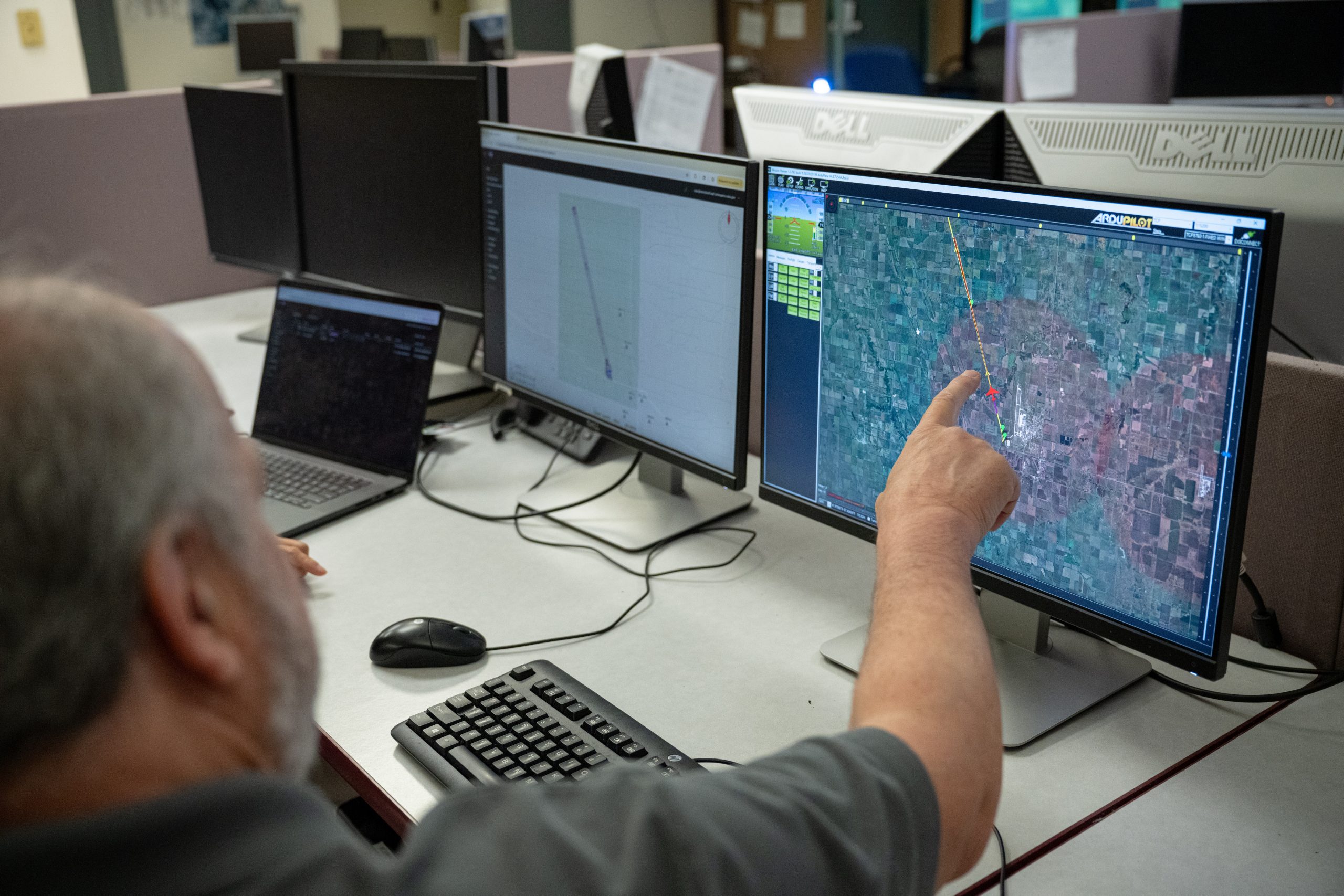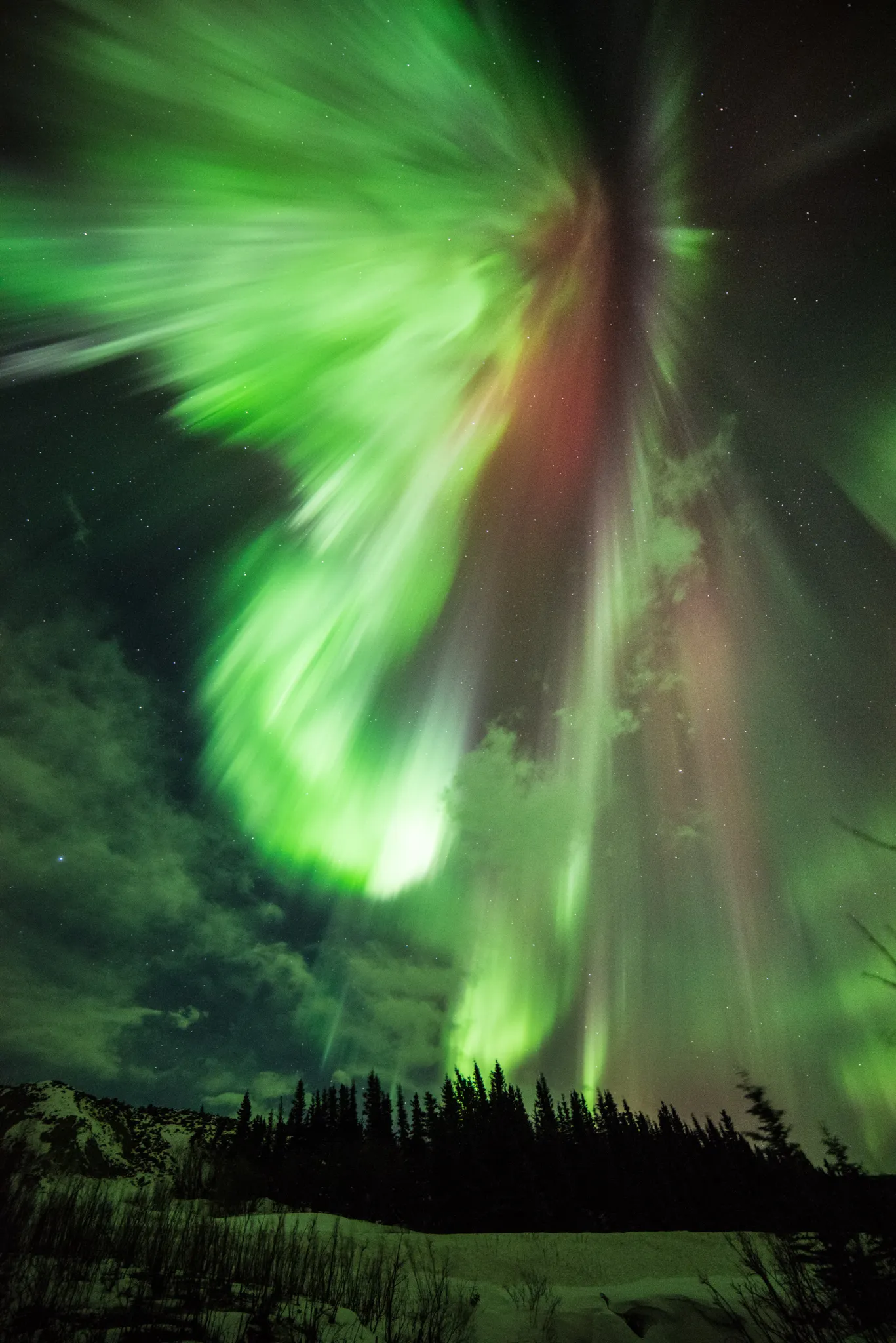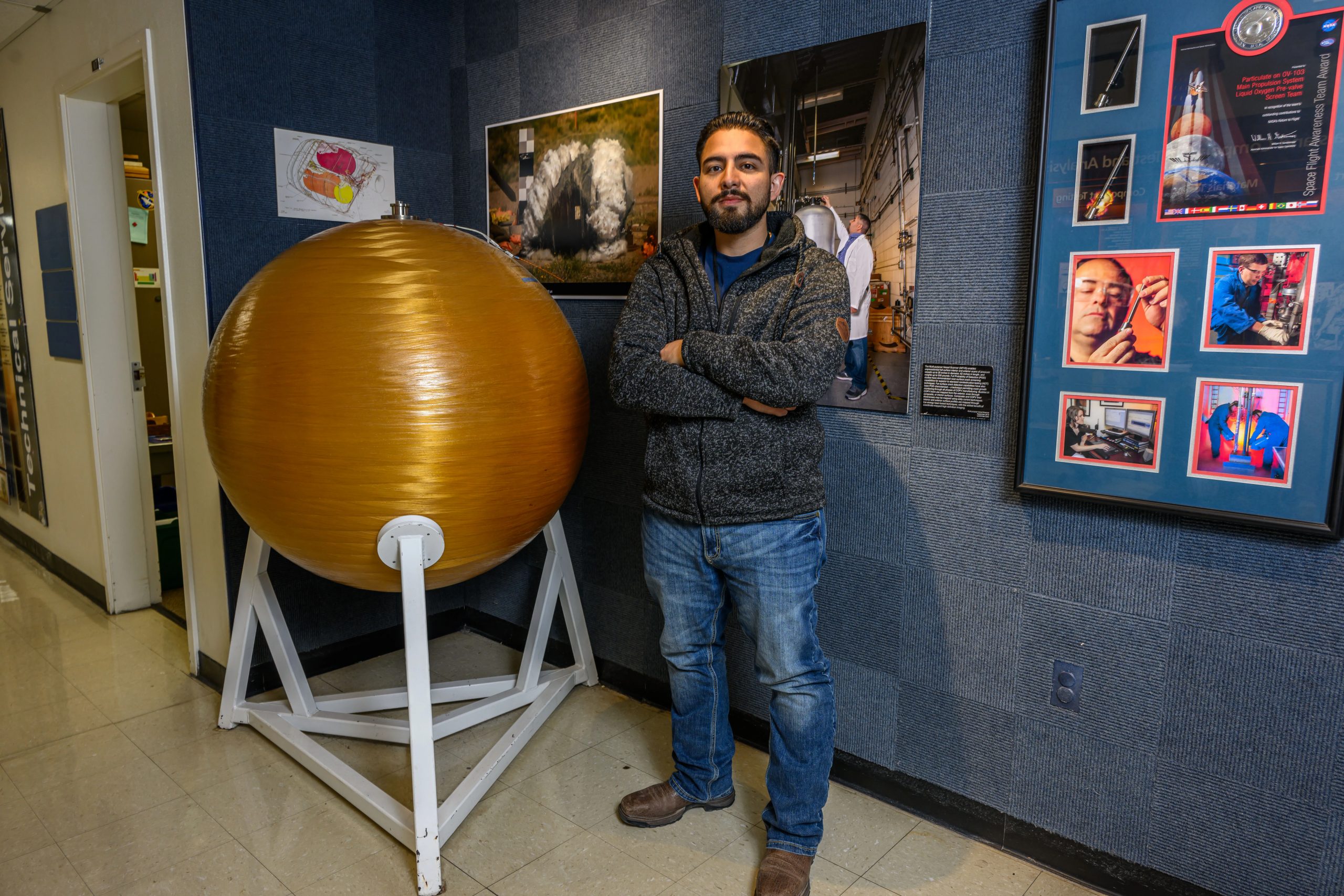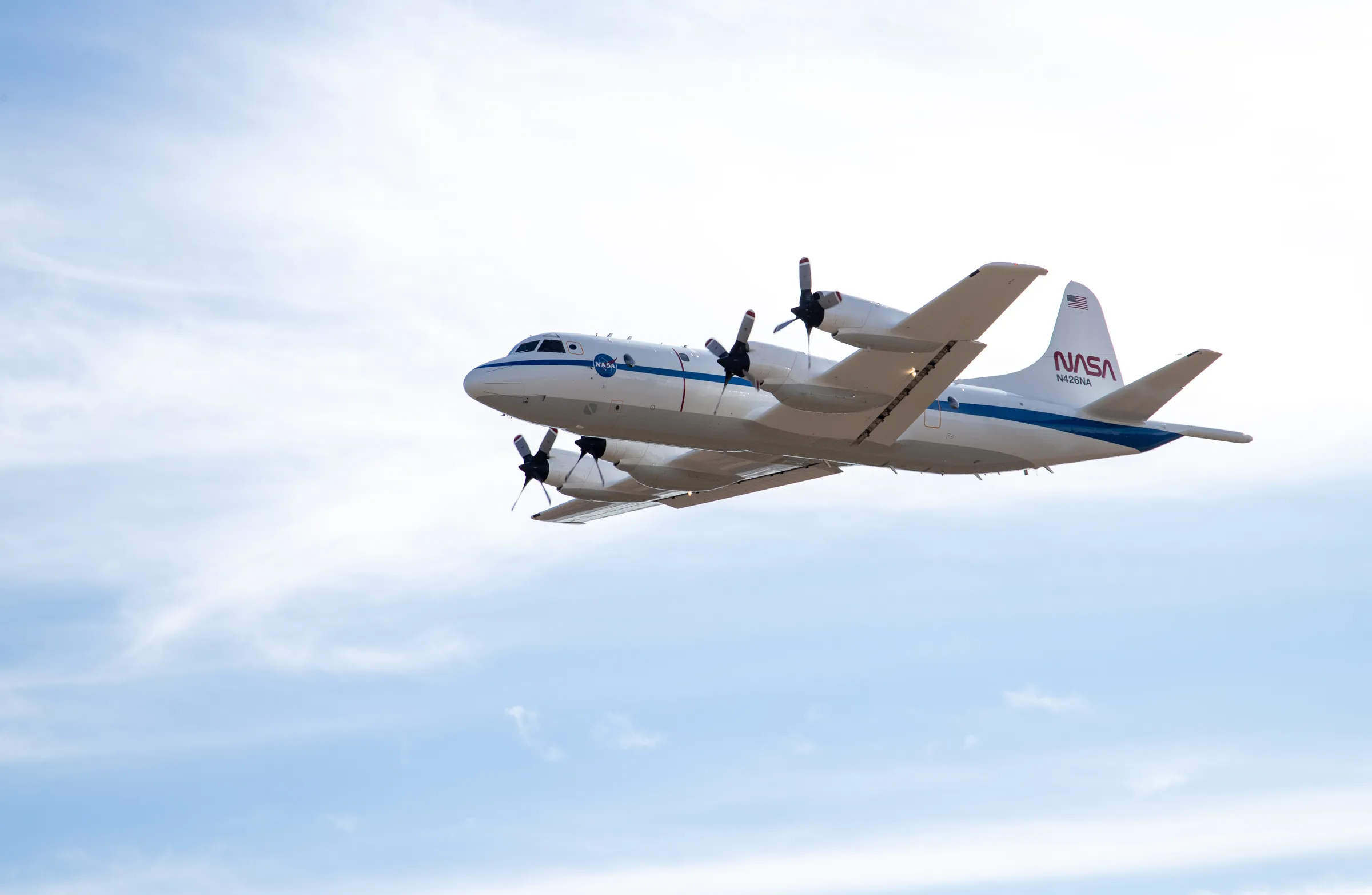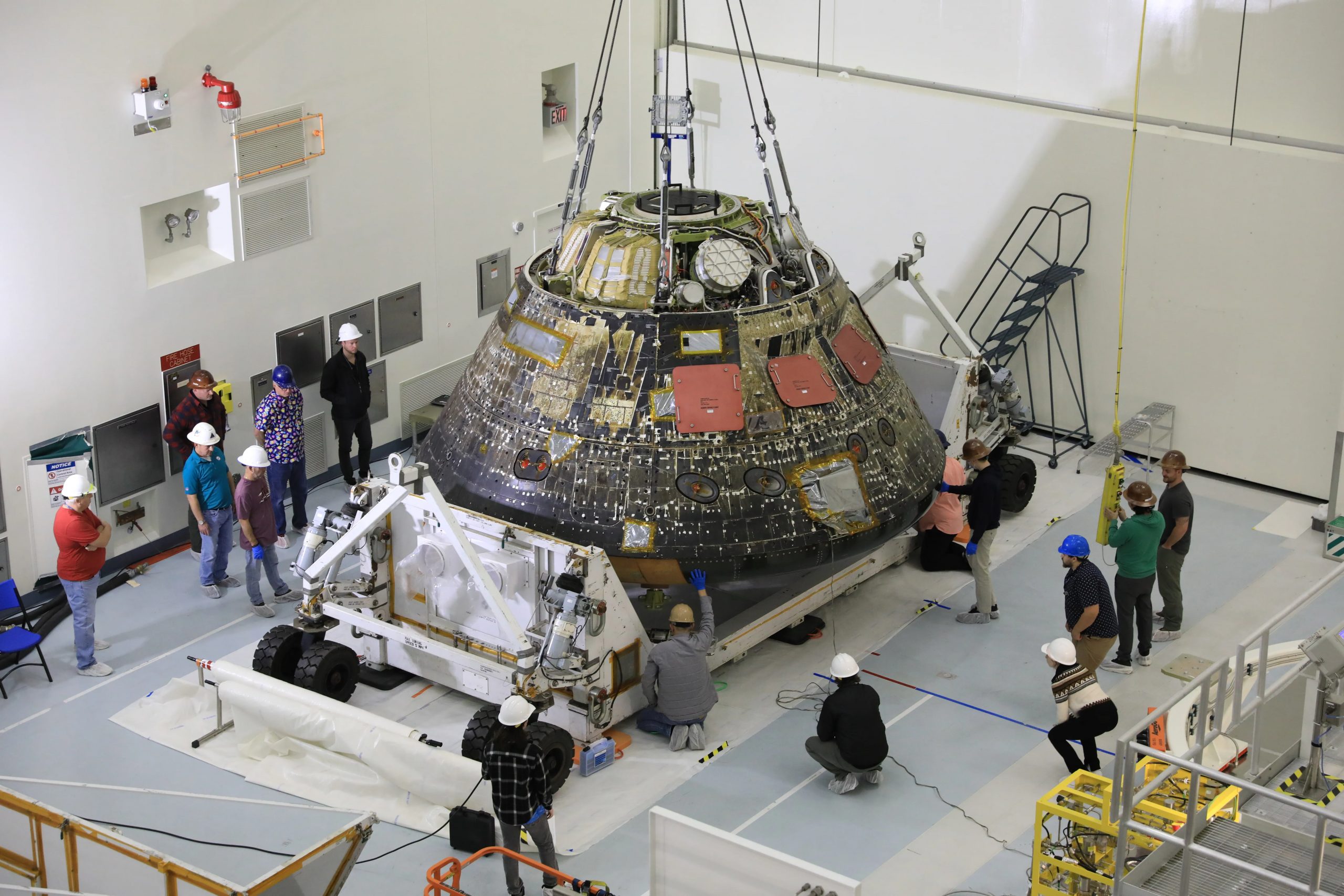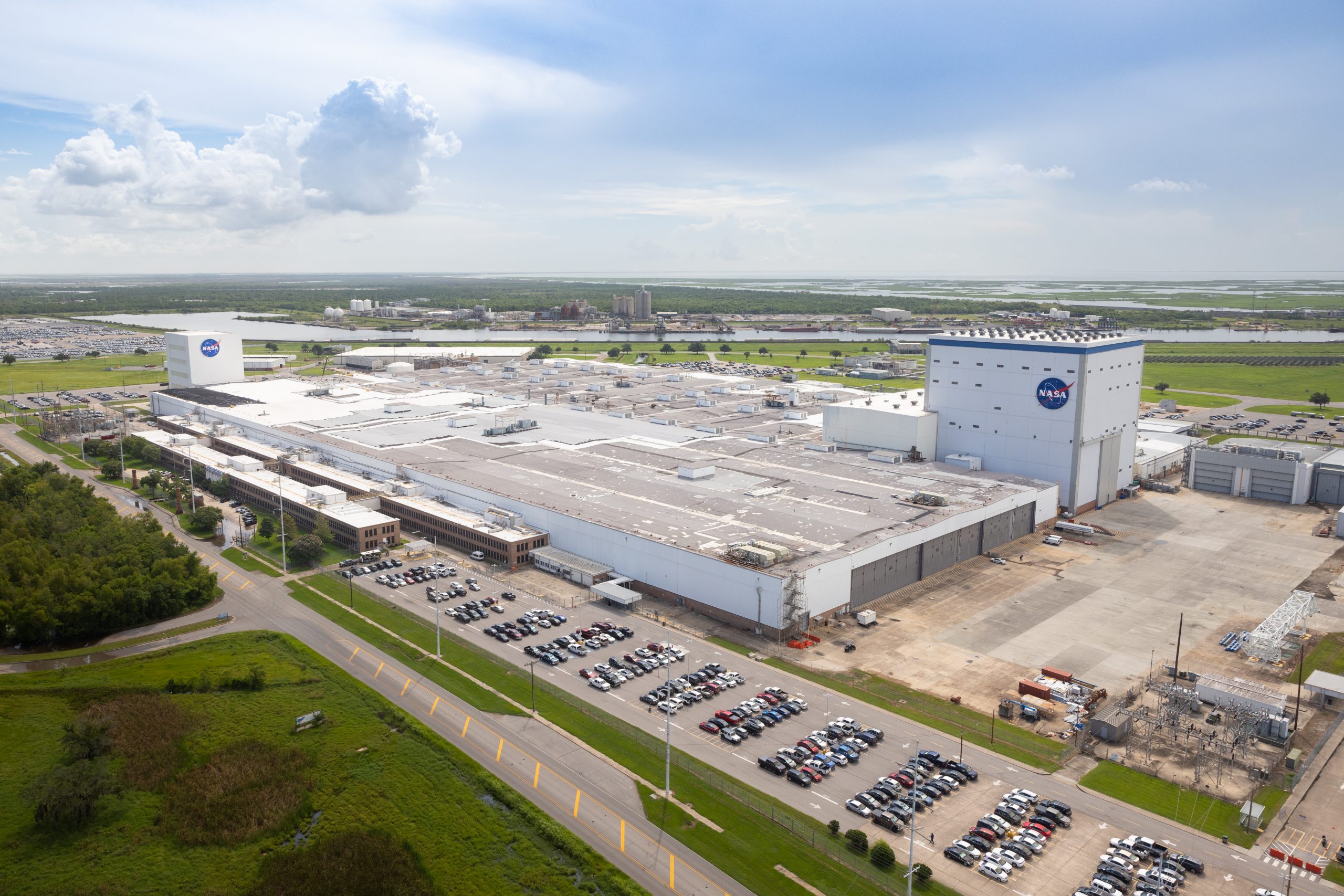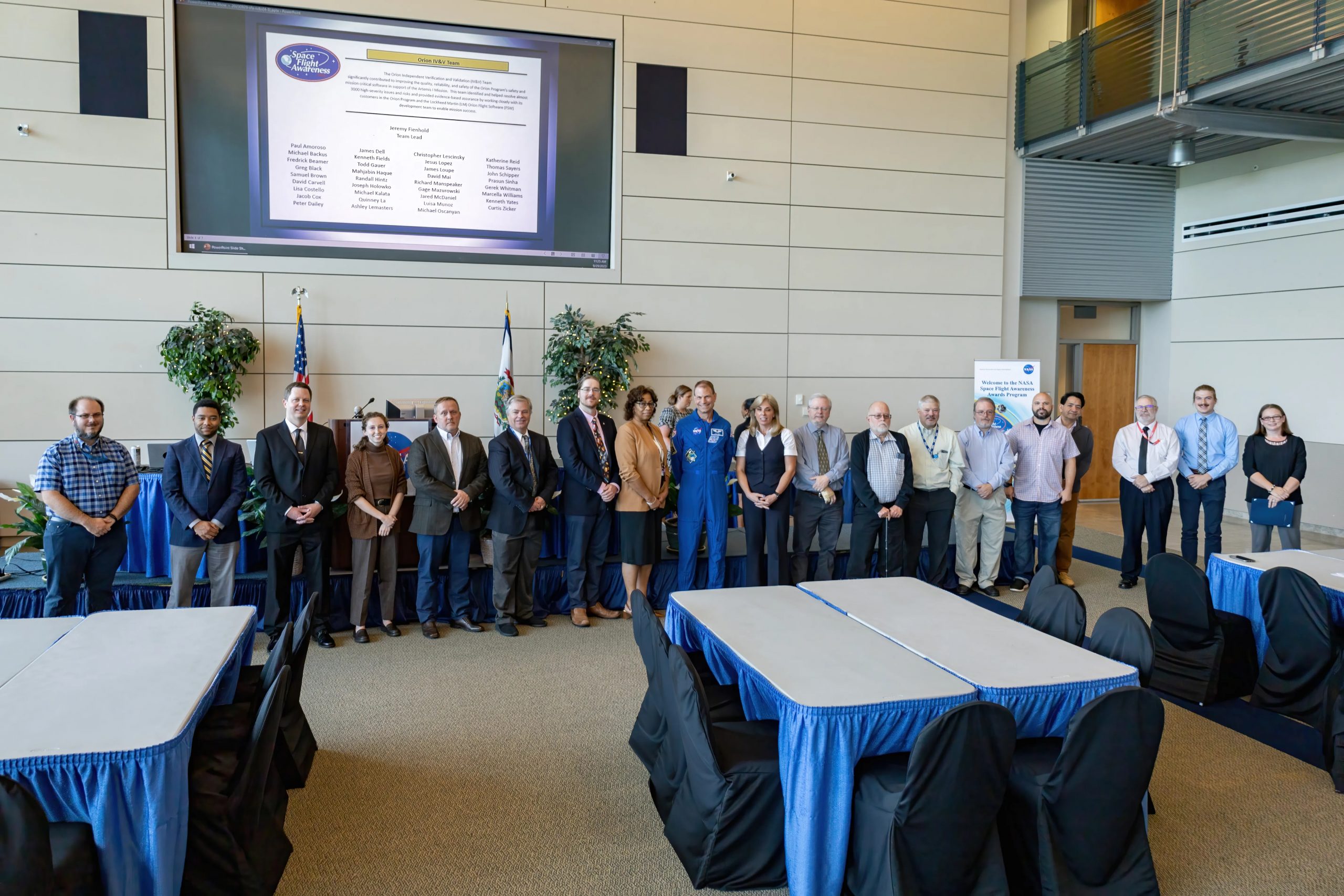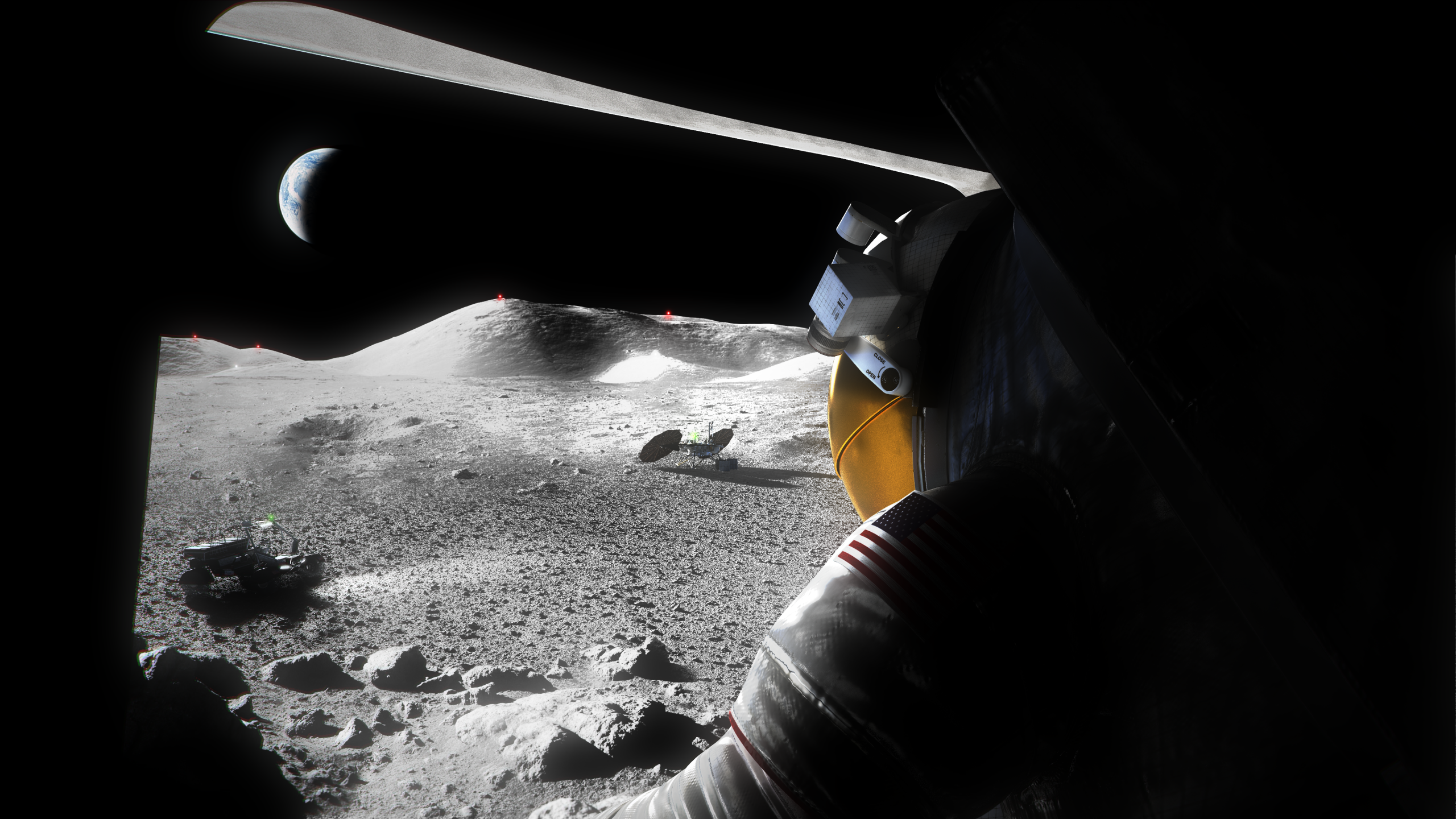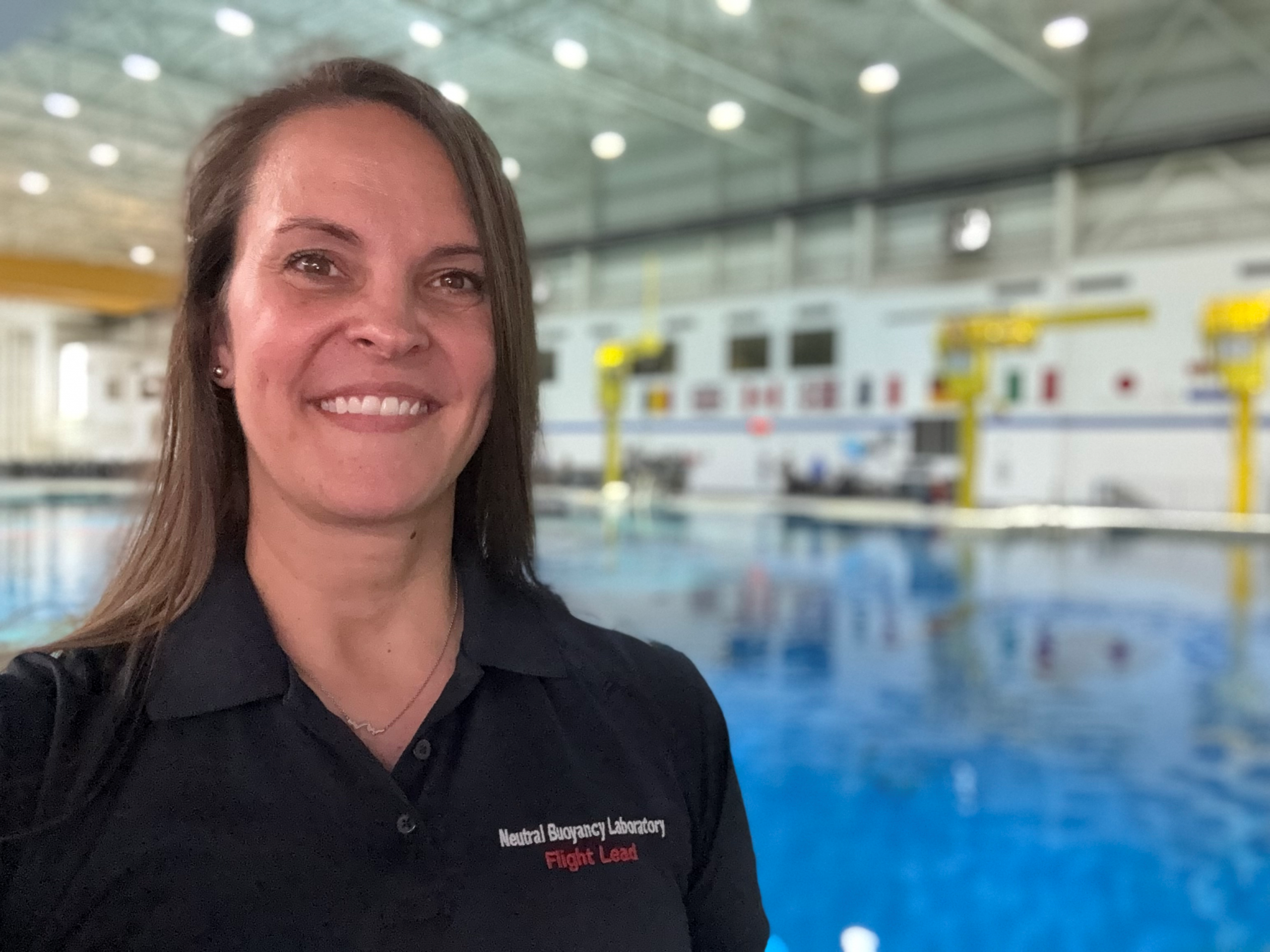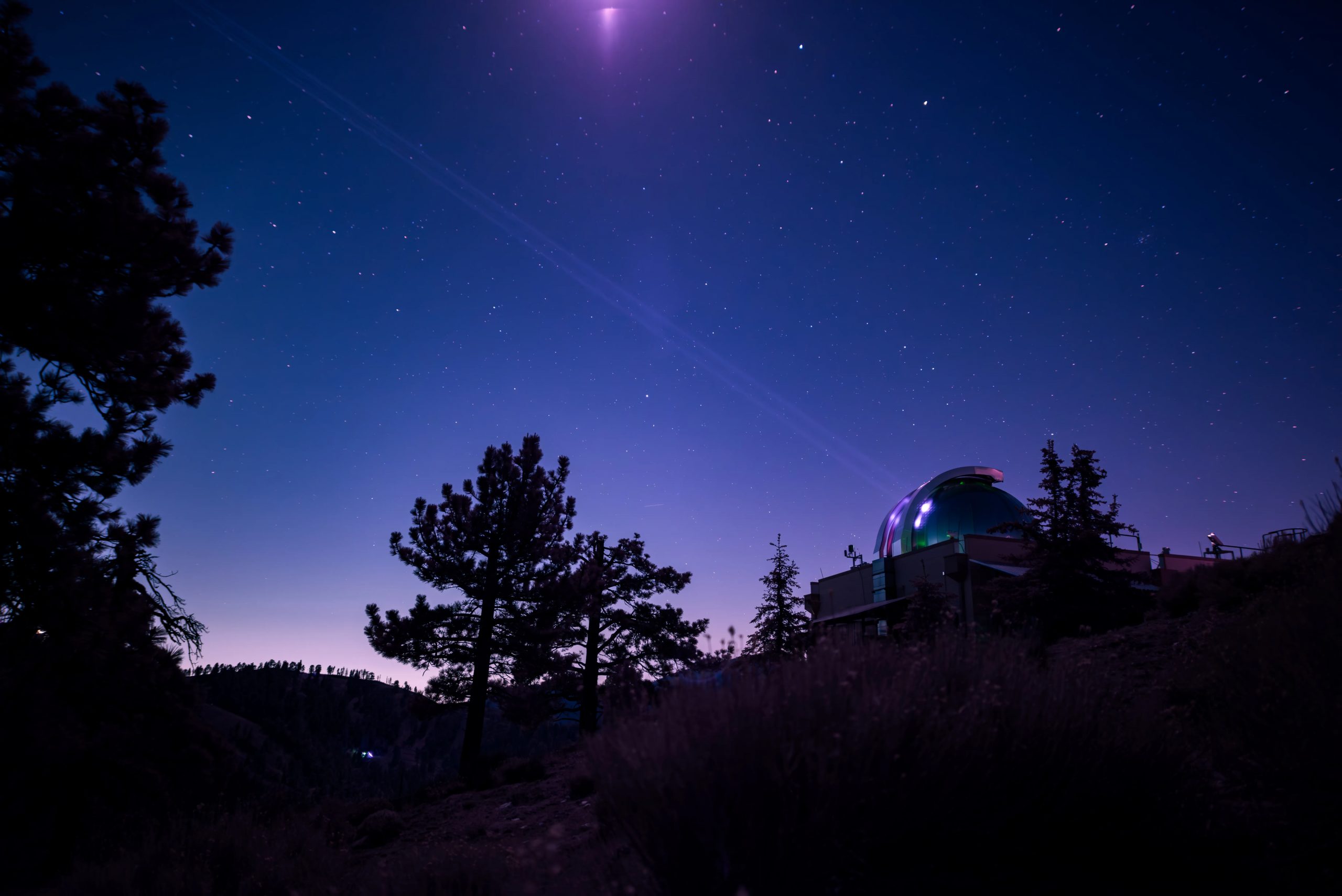From Supercomputers to Wind Tunnels: NASA’s Road to Artemis II
By Jill Dunbar Of the many roads leading to successful Artemis missions, one is paved with high-tech computing chips called superchips. Along the way, a partnership between NASA wind tunnel engineers, data visualization scientists, and software developers verified a quick, cost-effective solution to improve NASA’s SLS (Space Launch System) rocket for the upcoming Artemis II mission. This will be the first crewed flight of the SLS rocket and Orion spacecraft, on an approximately 10-day journey around the Moon. A high-speed network connection between high-end computing resources at the NASA Advanced Supercomputing facility and the Unitary Plan Wind Tunnel,…

